Is 'The Dropout' true? Episode 3 of Elizabeth Holmes Theranos drama

The Dropout -- "Green Juice" - Episode 103 -- As Theranos rapidly expands, Elizabeth’s technology struggles to keep pace and members of the board become increasingly wary of her secretive behavior. Sunny considers joining the company. Elizabeth Holme
Evan Sernoffsky is an investigative reporter for KTVU who covered the four-month-long Elizabeth Holmes fraud trial from gavel-to-gavel. Email Evan at evan.sernoffsky@fox.com and follow him on Twitter @EvanSernoffsky.
SAN JOSE – As Theranos secured millions in funding and expanded to fancier office spaces, major questions about the viability of the technology arise in Episode 3 of Hulu’s miniseries "The Dropout." This is when things really begin to come apart at the seams.
Members of Elizabeth Holmes’ board of directors begin questioning her leadership.
We also see corner-cutting give way to outright lies and paranoia. It all overtakes the workplace and leads to the secretive and destructive culture that would turn into federal fraud charges just over a decade later. This article contains spoilers for Episode 3!
Need to get caught up on Episode 2 - "Satori"? Read the previous recap
Episode 3: "Green Juice"
Did Theranos really use its crappy analyzers at an oncology lab in Nashville?
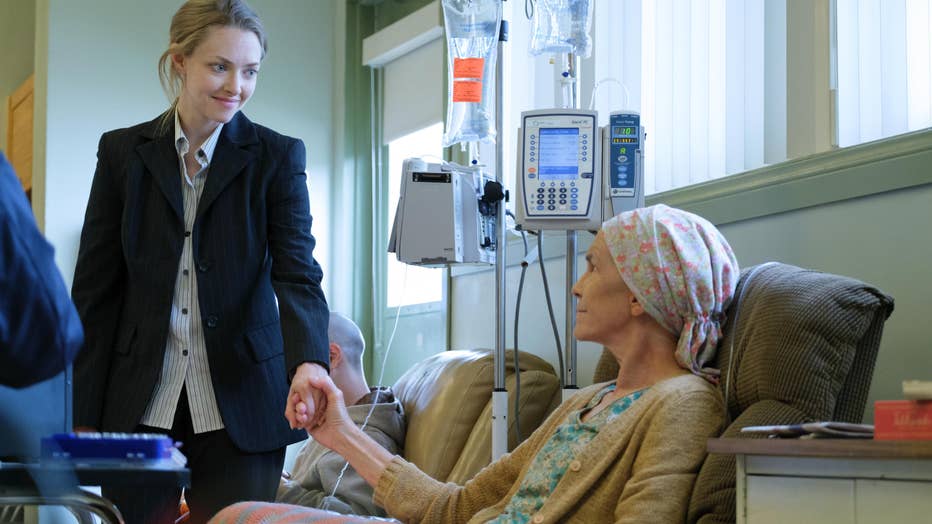
Elizabeth Holmes (Amanda Seyfried) and Helena (Susan Moore Harmon), a cancer patient. (Photo by: Beth Dubber/Hulu)
In a particularly disturbing scene in Episode 3, Elizabeth Holmes travels to an oncology lab in Nashville to conduct a human study on terminal cancer patients, fully knowing her technology doesn't even work. Edmond Yu, one of Holmes's important engineers, was already disturbed by the company faking its test with Novartis, and this turns out to be a tipping point for him.
Theranos really did conduct several studies in partnership with various pharmaceutical companies that brought in modest revenue. One that came up over-and-over again at trial was an oncology study it performed with Pfizer in 2008.
Former Pfizer scientist, Shane Weber, testified that he evaluated Theranos's technology and wrote a report to his boss advising the pharmaceutical company to stay away due to Theranos' shadiness.
Unfortunately, that didn't stop Holmes from claiming that Pfizer comprehensively validated its technology. She even added Pfizer's logo to a report she sent to numerous investors claiming Theranos' technology was "excellent" and "superior" to other testing companies.
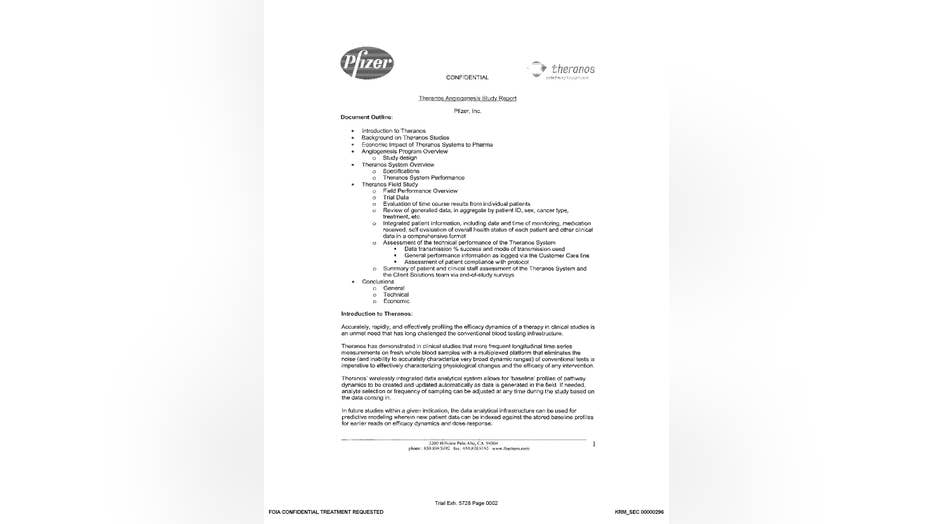
Elizabeth Holmes admitted at trial that she added Pfizer's logo to a report Theranos wrote about its own technology.
Did Theranos completely reinvent its technology after already making bold promises to investors?
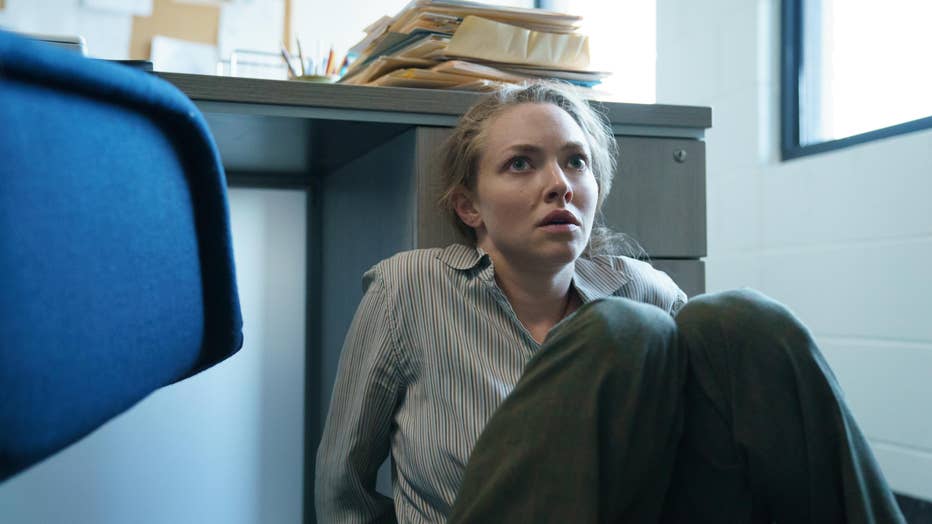
Cracks start to show in Elizabeth Holmes' (Amanda Seyfried) scheme as the pressure intensifies in Ep. 3. (Photo by: Beth Dubber/Hulu)
Episode 3 recounts an important shift in Theranos research and development labs in which the company moved from its initial prototype using small testing cartridges to what become its bulkier Edison analyzers.
This is important because as Theranos' chief scientist, Ian Gibbons (played by acclaimed British actor Stephen Fry), puts it, the new tech is just "miniaturizing a process that already exists."
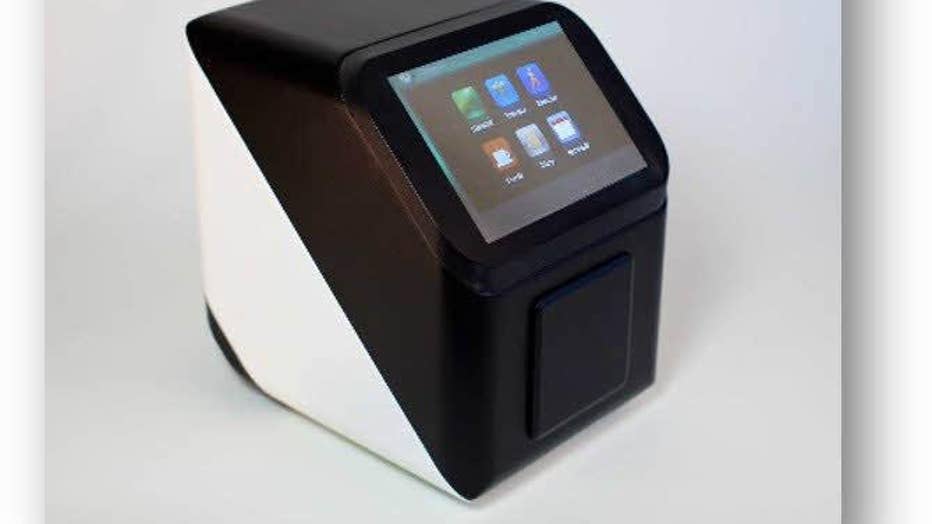
Theranos' famous Edison analyzer that never really worked as promised.
Rather than move forward with the micro fluidics technology that was failing for years – and was the original idea for Theranos – the company essentially tries to mimic what traditional analyzers do on a miniature scale.
This "new" idea was destined to fail from the beginning, according to many experts. Theranos was using the same reagents and chemical processes of traditional analyzers, only they were doing it with less blood and with shoddy equipment.
We'll never know how many bad tests Theranos performed on its Edison machines, but several former patients testified that they received botched tests – including a woman who said she got a false positive for HIV.
Did the Theranos board in 2007 really hold a no confidence vote against Holmes?
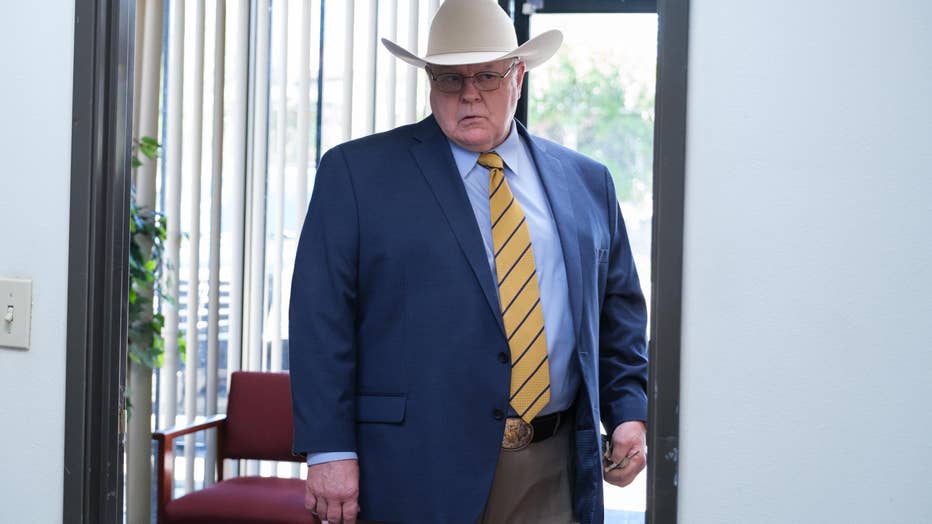
Silicon Valley royalty and big baller investor Don Lucas (Michael Ironside). (Photo by: Beth Dubber/Hulu)
As tension builds in Episode 3 – and two of Theranos' high profiled staffers quit (Avie Tevanian and Ana Arriola) – the board holds a "no confidence" vote against Holmes and prepares to install a new CEO.
Holmes pleads with the board to let her keep her company and says she will bring on an experienced manager, Sunny Balwani, as COO. And, oh yeah, he's also going to invest $20 million of his own cash in the company. This convinces the board to keep Holmes as CEO and patches things up between Holmes and Balwani, who were on the rocks, particularly after a certain incident involving "green juice."
In 2008, Elizabeth Holmes was indeed about to be booted as CEO of Theranos. Lucas, the chairman, thought she was too inexperienced and her revenue projections were too unrealistic. Holmes convinced him and others that with Sunny's help, they would get the company back on track and reign in their pie-in-the-sky projections. (Boy were they wrong!)
The episode concludes with Holmes looking very serious and dressed in all black as Amy Winehouse's "Back to Black" plays. The metamorphosis is complete.
EPISODE 2 - "SATORI": From "Dropout" to fledgling CEO: What's true in Episode 2 of Elizabeth Holmes mini-series
EPISODE 1 - "I'M IN A HURRY": How much of 'The Dropout' is true? Episode 1 of Elizabeth Holmes mini-series

